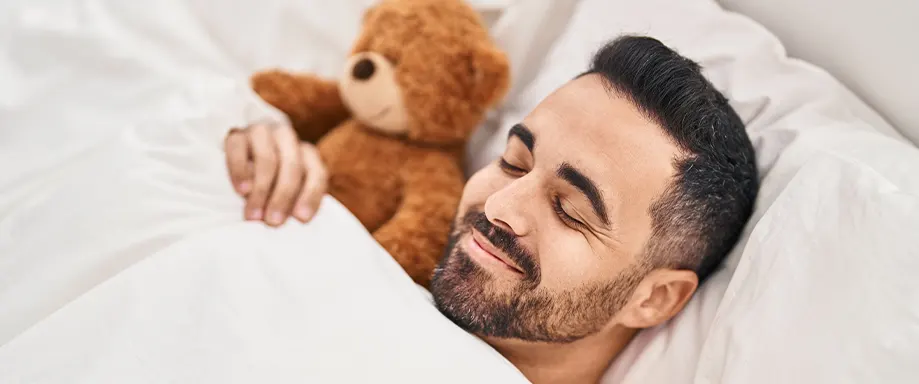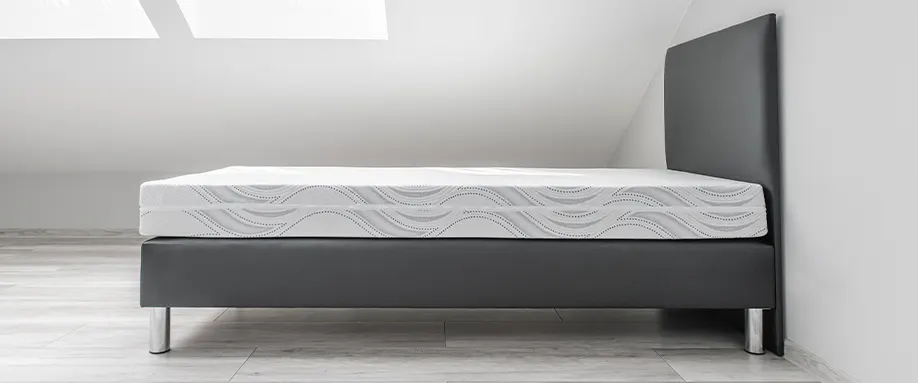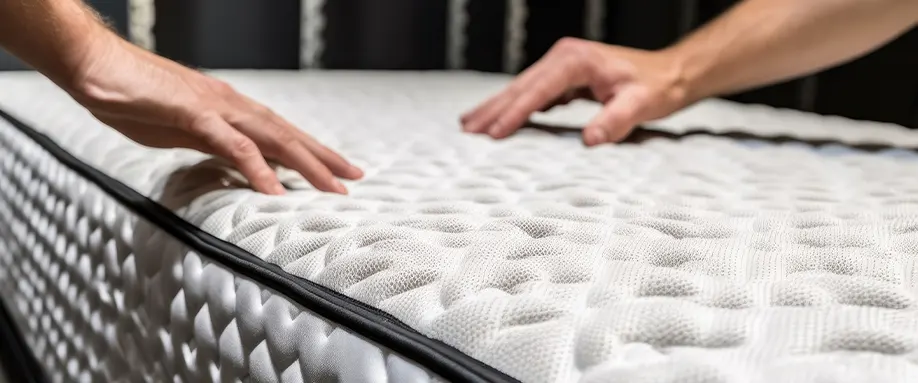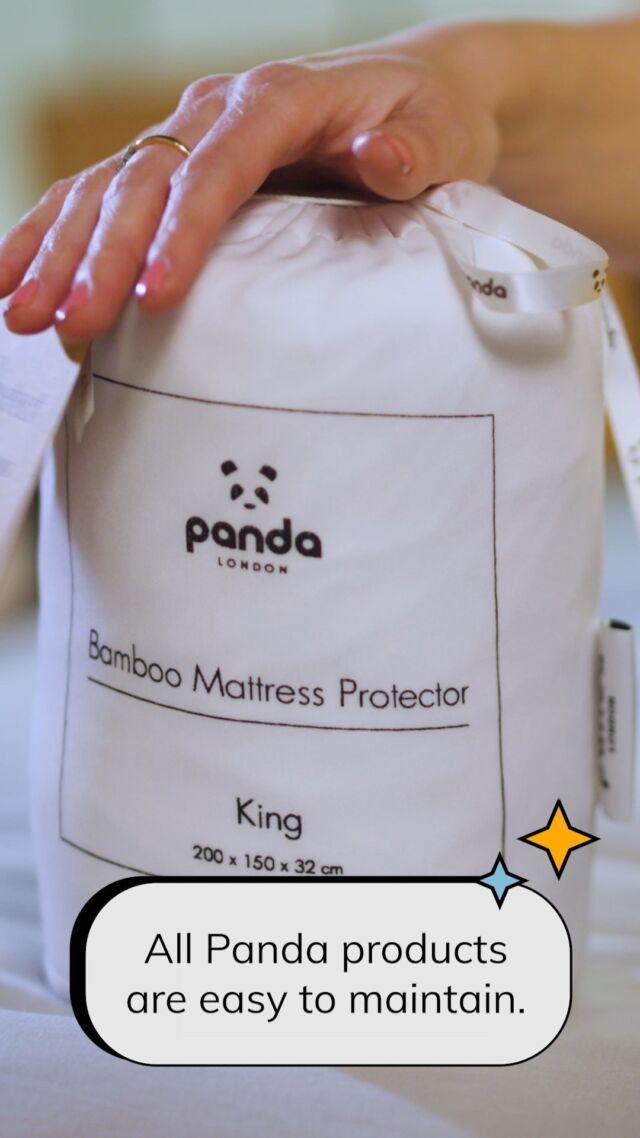Signs you need a new pillow
Fold it in half
In case you have non-foam pillows (Latex, Microfibre or Body Pillows) have a go at folding it down the middle. On the off chance that the pillow doesn’t spring back to its standard flat form, it’s probably a good time to make a purchase.
Remove the pillowcase
Take a look at your pillows without its pillowcase. If the colour is starting to turn yellow, that’s on you. Everything our head discards during our sleep gets trapped within the pillow itself. If the colour is followed up by funky smells, you should seriously consider getting another pillow.
Lumps and bumps
These are a no-no if you want a pillow in good shape. Lumps within the material are a red flag that signals that the material the pillow is made out of is starting to lose consistency. This affects the quality of comfort while also compromising the head support your pillows offer. Again, a clear sign to get new pillows.
Expiration date
Some pillows come with these, no joke. Polyester pillows notoriously have expiration dates marked on their tags. This is due to the natural decomposition of the pillow material, but don’t be scared by that. A lot of other factors determine if your pillow is good for garbage. The amount of wear and tear, using a pillowcase and the frequency of sleep on it are all factors. Still, check the expiration date, especially if your pillow has aged a bit.
Type of pillow
Depending on the material, producer and conditions of use, pillows last from a couple of years up to a couple of decades for some. The material it is made of, however, is the key factor in how long your pillows will last. The table below will compare the longevity of a pillow's life according to the material it is made out of:
| Material | Longevity |
| Feather | 20+ years |
| Down | 20+ years |
| Synthetic Down | 2-3 years |
| Foam/Latex | 2-3 years |
| Polyester | 1-2 years |
Natural materials clearly come out as winners here. The quill within feather and down is the reason such materials have longevity, but even they will break apart with frequent use or age. Synthetic materials seem to break up a lot faster, but with care, they will last a couple of extra years down the line. In any case, the longevity should be taken in to consideration if a new pillow is what you are looking for.
Conclusion
Getting fresh pillows is often overlooked, especially if sleeping is something that isn’t an issue. Changing your pillows isn’t only a matter of comfort, but also a matter of hygiene. Ignoring the life cycle of a pillow in favour of established sleeping patterns can be detrimental to one’s health – especially if prone to allergies or other dermatological conditions.
It honestly isn’t that difficult or expensive. I can guarantee that most of us, infrequently at best, change this part of our bed. Try it out, especially if you have problems falling asleep. Changing the surroundings of our bodies is essential in order to change unhealthy sleep patterns. So, add a new pillow to your basket if you have any of the signs – you won't regret it.















There are no comments yet
"*" indicates required fields